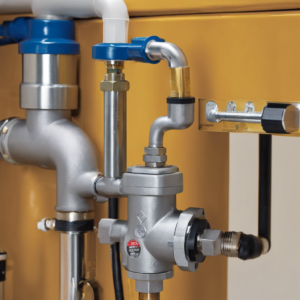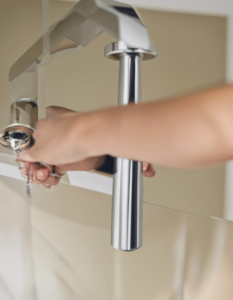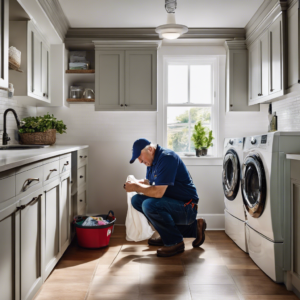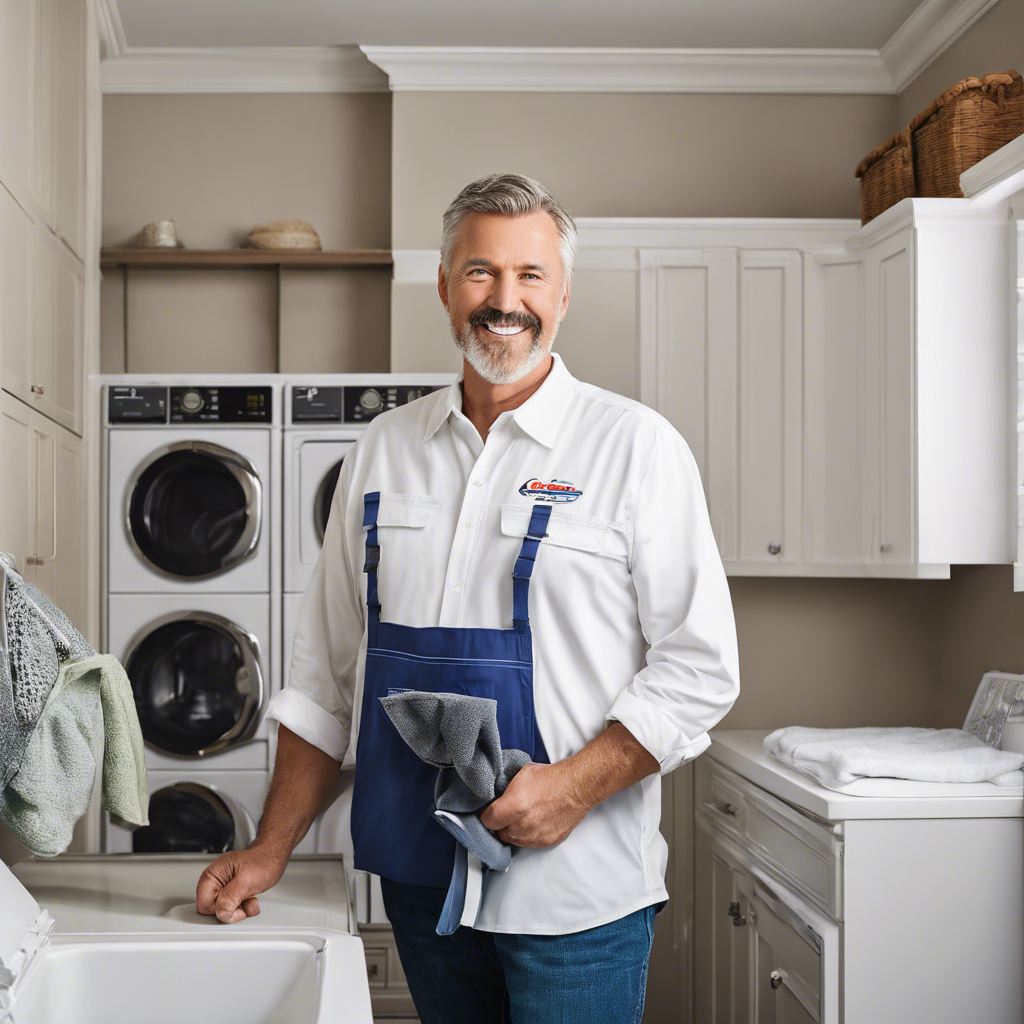
Plumbing Inspections Learn expert tips on how to inspect your plumbing system and fixtures to save time and avoid plumbing issues as a homeowner.
Deciding whether to purchase a new home represents a major financial commitment. While excitedly touring lovely properties, it’s wise to objectively assess their infrastructure too – including potentially dealbreaking defects. This is where home inspectors come in. They provide an unbiased analysis of a home’s bones and systems. Today we’ll specifically explore their role in evaluating essential plumbing and what calling in a professional plumber can address beyond an inspection. Let’s dive into expert insights on plumbing-focused home assessments and upgrades.
The Role of Home Inspectors
Home inspectors visually examine all aspects of a house from roof to foundation. They look for visible defects and evidence of underlying issues that could turn into expensive repairs down the road. Inspectors ultimately produce detailed reports summarizing their findings across areas like:
- Structural integrity
- Electrical systems
- Plumbing
- Ventilation
- Appliances
- and more
These documented observations help buyers understand the true condition and anticipated maintenance costs before finalizing a purchase. For plumbing, inspectors focus on supply pipes, drainage, water heating equipment, and fixtures.
Why Plumbing Inspections Matter
While wiring problems pose fire risk, failing plumbing can also cause catastrophic damage. Water leaks lead to mold, rot, pests, and even flooding. Faulty drainage breeds unhealthy bacteria. Gas leaks risk explosion hazards.
Since plumbing runs embedded throughout walls and underground, many issues go undetected without professional inspection when they’re easier to fix. Catching minor leaks, clogged pipes, water pressure abnormalities, expired water heaters and more early is crucial.
Inspectors also check for proper installation meeting safety codes. Their sharp eyes safeguard against immediate hazards, future headaches, and help inform repair budgets.
What’s Inspected in the Plumbing System
Plumbing inspectors assess all aspects of the water supply, drainage and venting. Namely:
Water Supply and Distribution
They review visible pipes, valves, taps, meters and wells/pumps providing pressured water throughout the home. Signs of leakage, low pressure and corrosion are flagged.
Drains, Wastes and Vents
Inspectors trace drain lines checking for proper slope angles that prevent backflow, sluggish drainage or blockages. Signs of water damage around joints and improper venting getting checked too.
Water Heating Equipment
Tank hot water heaters get reviewed for age/condition and signs of past or active leaks. Gauging efficiency comes via flue venting examination on fuel-burning heaters. No hot water yields red flags.
Fuel Storage and Distribution
For gas water and home heating, inspectors verify safety cut-offs exist while sniffing for potential gas leaks from pipes and equipment. With home oil tanks, examining conditions and checking for corrosion or water in fuel occurs.
While the inspection scope is technically exhaustive, there are unavoidable limitations too…
Limitations of Home Inspections
It’s impossible for an inspector to review every inch of plumbing running through walls and underground. Nor are they conducting code compliance studies or scientifically testing functionality in all scenarios. Home inspections come with disclaimers like:
- Only visible surfaces get assessed – Concealed issues go undetected until becoming obvious later.
- No testing undersized drainage – Water throughput only gets spot checked under light use conditions.
- Components aren’t dismantled – Internal defects remain hidden. Believe deteriorating water heaters get missed.
- Fuel tanks aren’t entered – External condition hints at interior corrosion but confirmation of requires invasive testing.
Homeowners should understand inspections offer only a general overview of visible equipment states when the inspection occurs. This snapshot-in-time can’t guarantee lasting performance or uncover every underlying defect.
Signs of Plumbing Problems
Inspectors investigate common trouble symptoms in home plumbing systems like:
Leaks – Drips at pipe joints, meter connections and water heating equipment get flagged as do water stains on walls/ceilings potentially indicating hidden pipe failures.
Clogs – Slow drainage at sinks and tubs elicits drain line cleaning recommendations and snaked examination for obstructions.
Water Quality – Rusty water or residue points to aging pipes or water chemistry imbalances needing filtration. Bad odor or tastes mean contamination.
Gas Leaks – Inspectors sniff out any gas smells from appliances and use gas detectors near equipment and supply lines to protect against dangerous leaks.
Heating/Cooling Failures – Non-functional appliances prompt safety condemnations while limited heating/cooling suggests undersized equipment issues.
When concerning inspection findings appear beyond an inspector’s repair expertise or permitting qualifications, they’ll recommend consulting qualified plumbing pros for repairs.
Scenarios Requiring Professional Plumbers
While home inspectors identify points of concern, actually fixing issues often remains in the licensed plumber domain:
- Resolution of identified problems – From replacing a leaky, 20-year-old water heater to clearing fully blocked drainage, inspectors lack tools/qualifications to make intricate repairs.
- Upgrades to pass inspection – If grandfathered systems worked historically but violate modern safety codes, extensive upgrades tying into supply lines/drains may be mandatory.
- Major failures – Burst pipes, slab foundation pipe separations causing leakage into soil, or invasive tree roots that infiltratively damage drain lines all require excavators, pipe replacement/relining, sewer augers, pressure testing equipment and permits that only professional plumbers can provide.
Bottom line – home inspectors equip buyers by enlightening them on infrastructure conditions and risks. But executing technical repairs according to building codes gets handed off to qualified local plumbers. Both play important collaborative roles making properties livable.
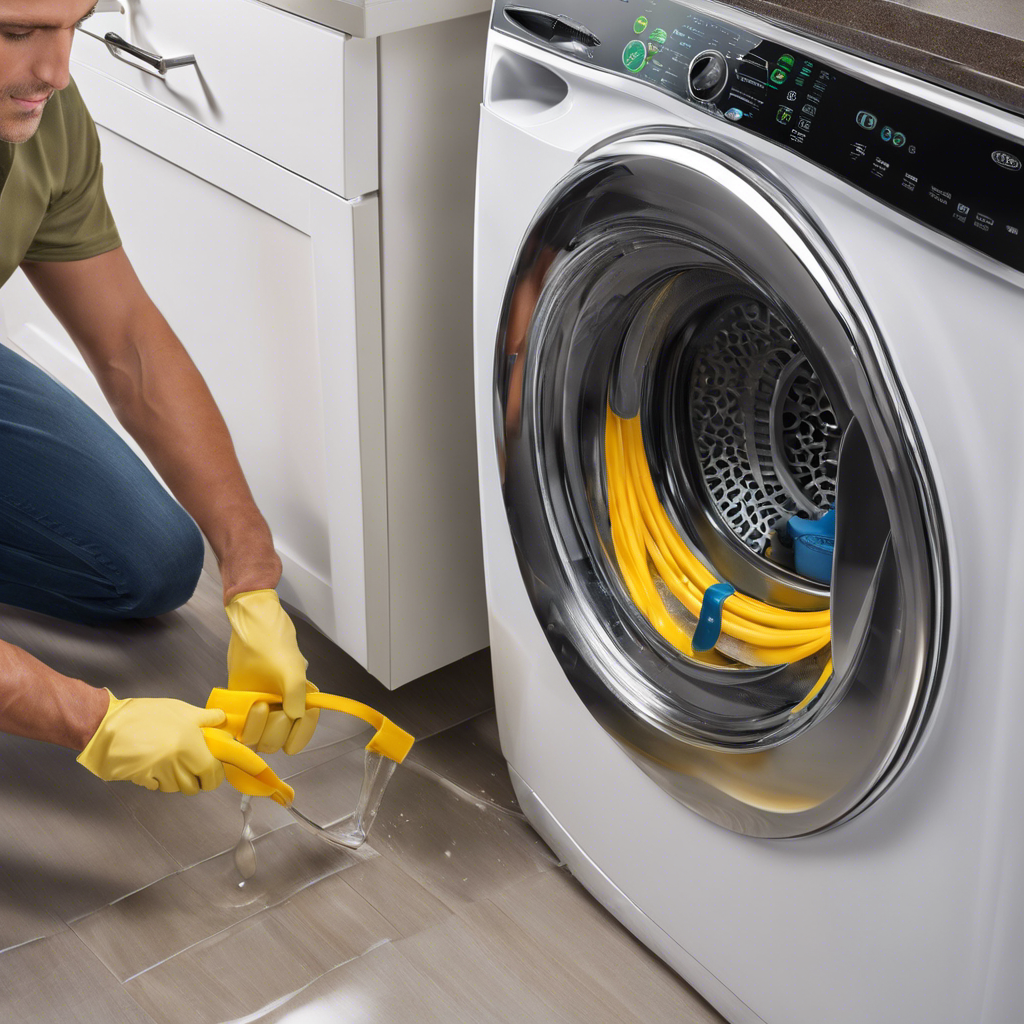
Working Collaboratively As Needed
Ideally buyers, home inspectors, real estate agents and plumbers communicate openly to align on property condition expectations, accurately price repairs, and expedite must-fix plumbing repairs either before or immediately after sale closes. Here’s the typical workflow:
Inspector Pinpoints Issues – An independent home assessment documents visible defects plus inferences of concealed problems for repair budget awareness. Photos and drainage camera scans aid reporting.
Licensed Plumber Fixes Problems – Once homeowners accept an offer contingent on certain repairs, a plumber addresses key inspection issues like installing larger water heaters or hydro jetting drain obstructions. Permitted work and testing/certification documentation occurs now. Even further upgrades for modernization may happen at this stage that inspection reports inspired.
Further Inspection Verifies Compliance – For major changes like rerouted plumbing tied to city water/sewer lines or excavations uncovering leaks, follow up inspections by the city often follow involved repairs to close permits and guarantee correct resolutions before owners occupy houses.
Ongoing communication ensures inspection deficiencies get properly improved so that buyers aren’t left tackling undisclosed plumbing pitfalls alone down the road.
In summary, partnering home inspection discoveries with licensed plumber upgrades optimizes purchasing safer, worry-free dream homes! Check out these final helpful takeaways:
Key Takeaways
- Home inspections offer general visibility – But don’t catch all concealed plumbing threats that surface later as houses age. View such reports understanding there are inherent limits in reporting.
- Professional plumbers rectify issues completely – They possess full credentials, equipment and expertise to holistically update entire drainage, supply and venting systems to current safety codes – outperforming inspection requirements.
- Preventative plumbing maintenance is wise – No matter what inspection reports uncover or miss, annually servicing water heating, checking/clearing all drains proactively and examining pipes for leaks helps avoid destructive failures and protects home investments.
What are the main things a plumbing inspection covers?
A plumbing inspection typically covers the main sewer line, sewer pipes, toilets, faucets, main water shut-off, plumbing fixtures, and the safe water supply in the home.
When is the best time to schedule a plumbing inspection?
It’s best to schedule a plumbing inspection during daylight saving time or before the start of winter to ensure that your plumbing system is in good condition before the cold weather hits.
What are some common plumbing issues that may be discovered during an inspection?
Some common plumbing issues that may be discovered during an inspection include clogs in the main sewer line, leaks in the sewer pipes, faulty sump pumps, and the need to replace worn-out plumbing fixtures.
Why is it important to have a professional plumber conduct a plumbing inspection?
A professional plumber has the expertise to identify serious plumbing issues, potential safety hazards, and can provide valuable insights into the condition of the plumbing system or components in your home.
What are the dangers of neglecting plumbing maintenance and inspections?
Neglecting plumbing maintenance and inspections can lead to costly emergency repairs, compromised safe water supply, and potential damage to your home from plumbing emergencies such as burst pipes or sewer line backups.
What should I expect to see in a home inspection report regarding the plumbing system?
A home inspection report should detail the scope of the plumbing inspection, any identified plumbing issues, recommendations for repair work, and the overall condition of the plumbing system and components.
Are there specific precautions I should take before a plumbing inspection?
Before a plumbing inspection, it’s important to ensure clear access to the main sewer line, sewer pipes, and plumbing fixtures. Additionally, providing information on the location of the main water shut-off can be helpful for the inspector.
How can I maintain my plumbing system to prevent potential issues?
Regular maintenance such as checking for leaks, keeping drains clear, and addressing any plumbing issues promptly can help keep your plumbing system in good condition and prevent potential problems.
What resources can I refer to for related articles on plumbing inspections and home maintenance?
You can find helpful articles and tips on plumbing inspections, home maintenance, and emergency repairs on the Roto-Rooter blog and other professional plumbing service websites.
Is it necessary for a plumbing inspection to be technically exhaustive?
No, a plumbing inspection is not technically exhaustive and may not cover every aspect of the plumbing system in detail. It focuses on identifying visible issues and providing insights into the overall condition of the plumbing system.
